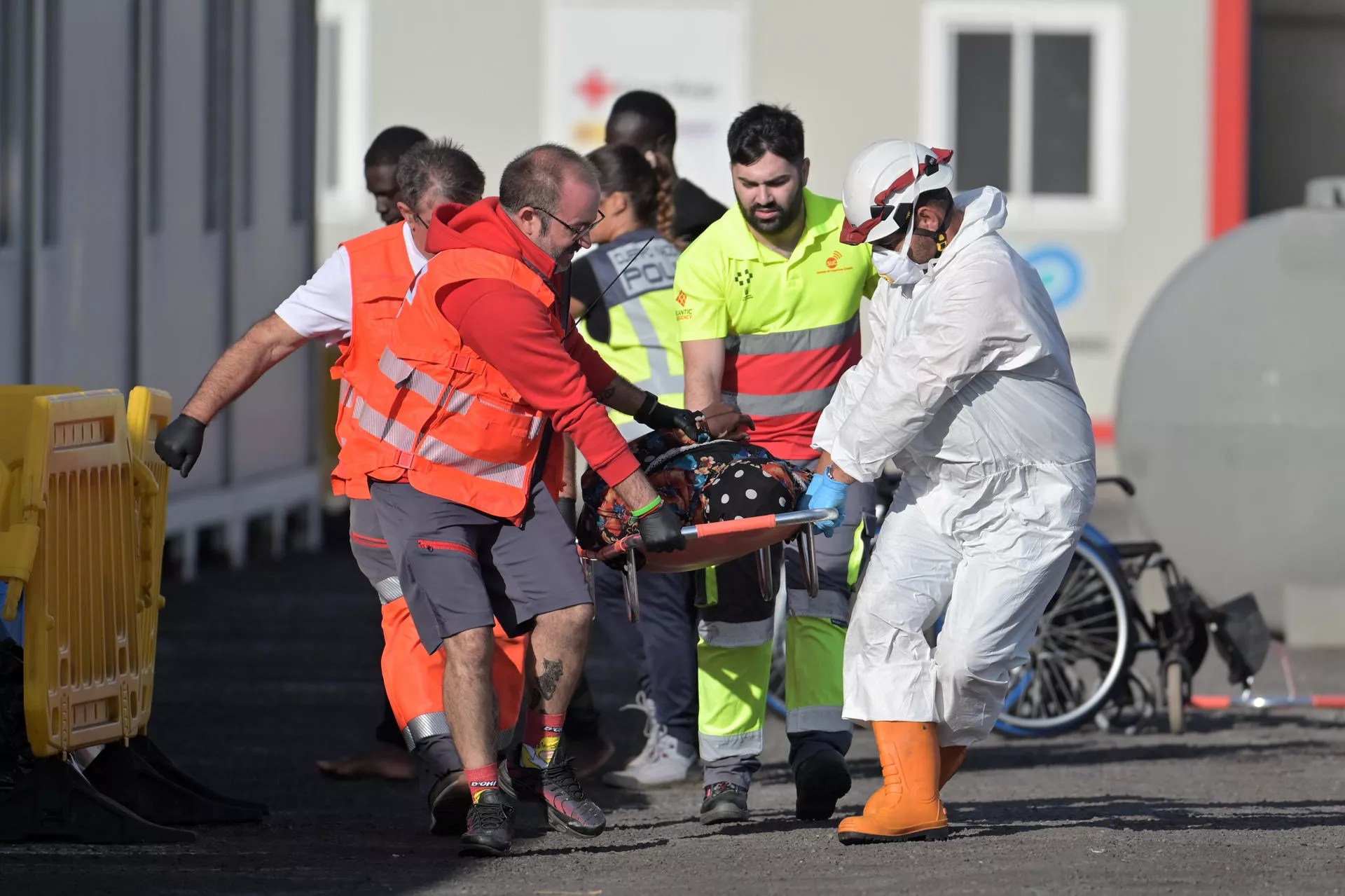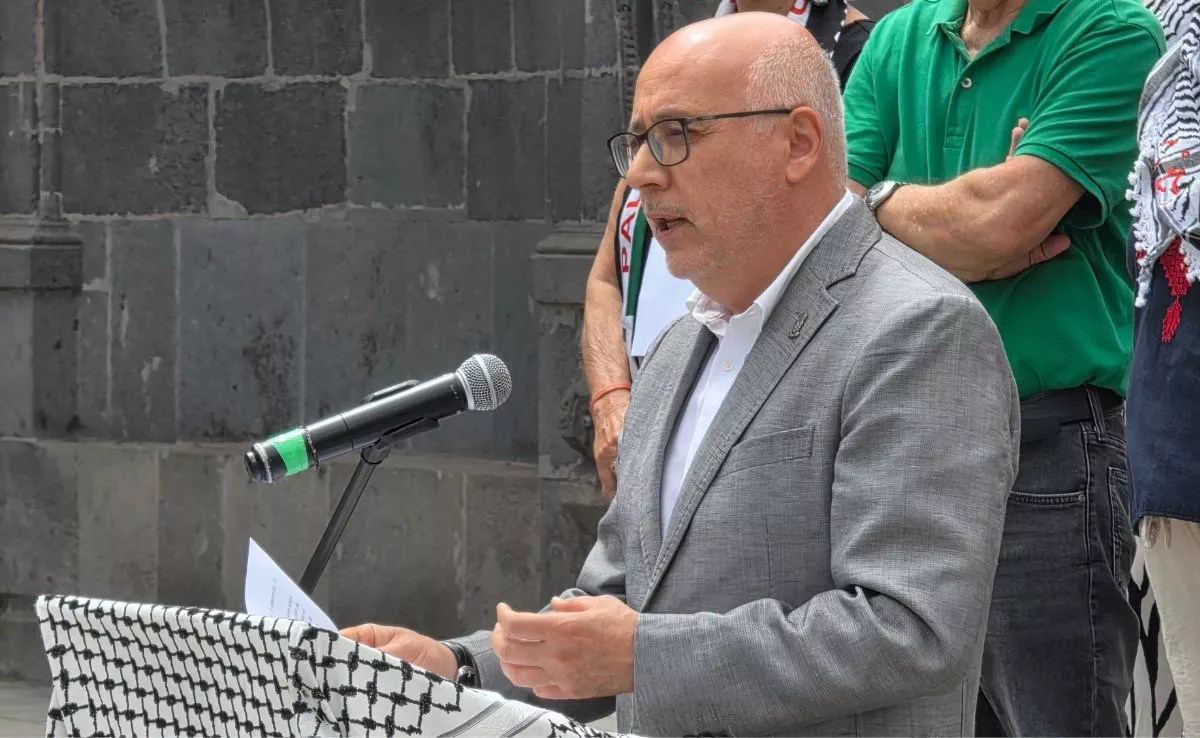The ES-Alert system trialled today in Tenerife has been executed successfully, with messages being received across all mobile network providers, as has occurred in recent tests conducted on the islands of La Palma, Lanzarote, La Gomera and Gran Canaria.
Among the island’s populace who participated in the surveys, 81%, which equates to over 46,000 individuals, reported prior awareness of this trial, achieving the highest rate in the tests undertaken across the Canary Islands, surpassing the previous average of 71% by ten points. This indicates a growing familiarity and consolidation of the system with each trial performed. Additionally, 90% of respondents expressed a positive assessment of the utility of this tool.
According to initial provisional data obtained from a survey created by the Government of the Canary Islands to assess the outcomes of the trial, 46,125 users from various mobile service providers responded to the questionnaire. A significant portion of those who submitted responses were from the municipalities of Santa Cruz de Tenerife (12,460), San Cristóbal de La Laguna (8,352), Adeje (3,978) and Arona (3,882).
Manuel Miranda, the Minister of Territorial Policy, Territorial Cohesion and Water for the Government of the Canary Islands, who attended the execution of this recent trial to evaluate the system’s functionality, expressed his contentment with the findings of this simulation, which concludes the scheduled series of tests conducted across all the islands. He remarked that “the more effectively this alert system operates and the more effort we invest into it, the more reliable it will be when required for actual emergencies.”
Moreover, he underscored the significance of “prevention and conducting exercises like today’s, which inform the public in advance of possible scenarios during a real emergency, as integral components of the civil protection and self-protection strategies of the Government of the Canary Islands.”
Finally, he mentioned that the Government will continue to enhance the system’s performance, addressing any issues that may arise and evaluating public reaction in preparation for the forthcoming regional test in November.
Next test: in November
This trial exercise featured two control points that were interconnected. On one side, officials monitored the test from Plaza del Chicharro in the capital of Tenerife, where the Advanced Command Post (PMA) of the General Directorate of Emergencies was established, which remained linked to the Emergency and Security Coordinating Centre 112 to provide updates on the trial’s progress from that location.
From the 112 Canarias Operational Room, Fernando Figuereo, the general director of Emergencies, oversaw and coordinated the drill alongside Montserrat Román, head of the Civil Protection and Emergency Response Service, and Moisés Sánchez, director of CECOES 112. The monitoring process was executed in cooperation with the 31 municipalities of the island, along with councils, institutions, and services involved in this exercise.
On 28th November, a comprehensive test will be conducted across the entire archipelago, thereby establishing the islands as the first autonomous community to execute this drill throughout its territory.
















